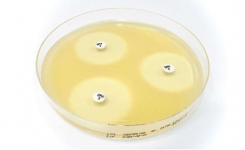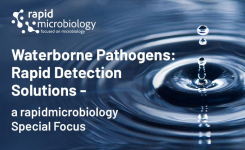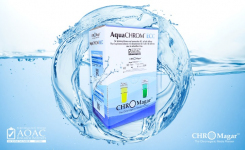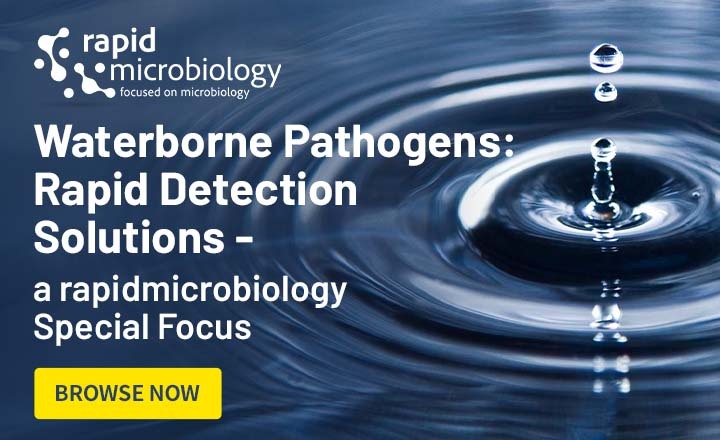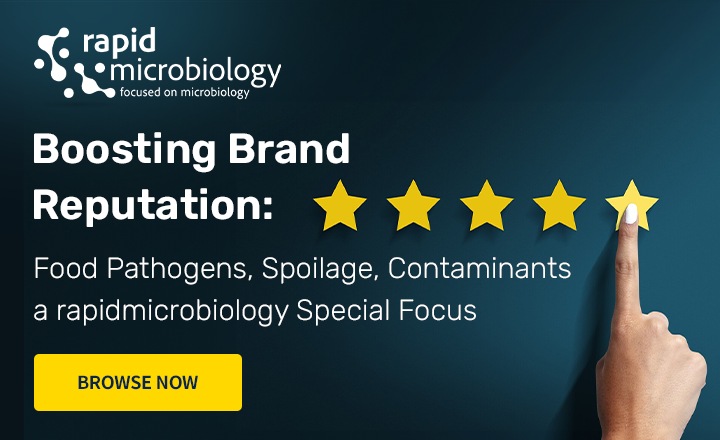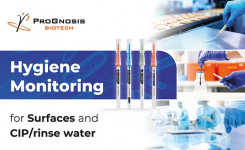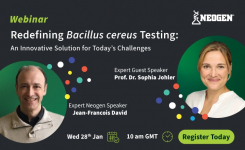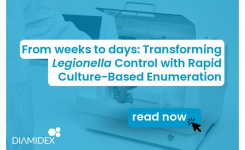Poultry has become one of the largest animal-based protein sources globally, with industrial-scale broiler houses and processors dealing with a huge tonnage of material on a daily basis. Ensuring a microbiologically safe, reliable end product involves vigilance at every stage of the poultry supply chain from farm to fork.
The top causative organisms of food poisoning - Salmonella and Campylobacter are commonly found in poultry meat and outbreaks can often be traced back to these type of products. Whilst the introduction of HACCP and HARPC quality systems can be effective, it is difficult to eliminate Salmonella and Campylobacter from processing areas as they are continually being reintroduced via leakage of intestinal contents/faeces during processing, contaminated processing equipment, water, and the hands of processing workers.
Whilst washes using chlorine have been since been replaced with other antimicrobials such as peracetic acid, cetylpyridinium chloride, and acidified sodium chlorite, but biofilms of Salmonella and Campylobacter can be an issue therefore even with hygiene monitoring systems in place, in-process and final product testing for Salmonella, Campylobacter, E.coli and Enterobacteriaceae is a vital component of delivering safe food and maintaining brand reputation. In 2016, USDA Food Safety and Inspection Service (FSIS) implemented the use of neutralizing Buffered Peptone Water (nBPW) containing lecithin or equivalent and sodium thiosulfate, whilst the use of nBPW is not a requirement for in-house pathogen testing, producers may choose to use it for carcass rinses and parts sampling to be consistent with the FSIS testing regime.
Campylobacter in Poultry
The most common Campylobacter species associated with gastroenteritis in humans are C. jejuni and C. coli, but there are also other emerging species such as C. consicus, C. upsaliensis, C. ureolyticus, C. hyointestinalis and C.sputorum. Camplyobacters are gram-negative, motile, curved rods that are microaerophilic and present in the intestinal tract of birds where it can be passed between chicks within a flock through the faecal-oral route. Some studies have shown C. jejuni to be present in three-quarters of supermarket chickens. Food poisoning from Campylobacter requires a small infectious dose, as few as 500 cells with its pathogenicity depending on the host's age/health and strain of the pathogen.
Traditional Campylobacter testing involves broth enrichment followed by detection on selective agar growing in microaerophilic atmospheric conditions at 42ºC which as they are thermophiles, favours the growth of Campylobacter spp. These modified atmospheres require use of either jars, pouches, incubators or workstations. Visit our 'Anaerobic and Microaerophilic - Systems for Creating Modified Atmospheres' test method for suppliers.
Salmonella in Poultry
The Salmonella genus has only two species S. enterica and S. bongori but there are many, many Salmonella serovars. The most common serovars associated with food poisoning outbreaks are two S. enterica serovars: - S. ser. Enteritidis and S. ser. Typhimurium. In order to track the source of a positive result or an outbreak, the serovar has to be identified, traditionally this is done using a slide based anti-sera agglutination test, whilst this will determine the serovar, more up to date molecular based approaches will better identify exact strain type.
Prevalence of Salmonella in chicken at retail is at approximately 5% in Europe with Salmonella enterica been the most prevalent pathogen. Its infectious dose is as little as 15-20 cells, and its pathogenesis depends on age and health of host as well as the strain of the pathogen.
Indicator Organisms - What Are They and Why Use Them?
Because detection of specific food pathogens can be time consuming and expensive, it can be useful to do an easier, more generic test for indicator organisms or Enterobacteriaceae which are a large family of bacteria containing coliforms and E.coli, commonly found in faecal material - basically the same family as many kinds of pathogens such as Salmonella and E.coli. These tests can be easily done via dry-film (ready to rehydrate) plates or ready-to-use chromogenic media, the chromogen in the media will give an approximate indication of numbers of Enteros present which can be used as a trending tool, showing that the right conditions for actual pathogens may exist, so alerting the need for proactive remedial measures such as cleaning.
Choosing a Rapid Microbiology Method for Testing of Poultry
The early detection and identification of the presence of contaminant microorganisms through leveraging rapid pathogen testing methods help avoid pathogen-carrying products from reaching the consumer and also prevents quality or productivity bottlenecks in product processing. The aim of any new approach to pathogen testing in broiler chickens and turkeys should be to:
- improve the accuracy of the results - poultry meats are a complex matrix with high background competitive flora
- reduce the need for confirmation of presumptive positives
- improve workflow and be capable of handling high throughput workloads
- reduce technical staff input that may introduce subjective variability
- reduce time to result so that remedial action can be taken sooner - sensitive molecular methods mean a shorter enrichment time can be used, with total time to result of less than 20 hours
When considering a new technology for your poultry testing lab, find out what steps are required before the sample is added to the automated molecular platform, does the protocol fit in with your work practices - will the faster results be delivered same-day/same-shift (no point in paying a higher cost per test if the results are not actionable until the following day), is the supplier working towards a multiplex option whereby one assay will detect more than one organism? Do different assays require different run protocols which can lead to workflow blockages?
Molecular based kits use either PCR or LAMP technology - What's the difference between PCR and LAMP (Loop Mediated Isothermal Amplification)? watch the rapidmicrobiology video here






